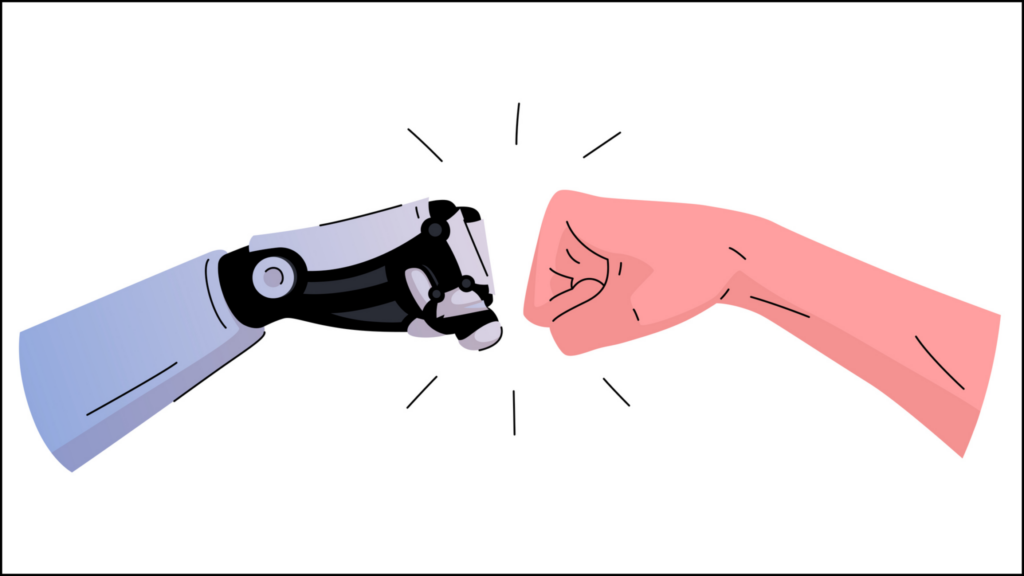
Undoubtedly, we are well into the age of artificial intelligence (AI) and need to become familiar with the role algorithms will play in our personal and professional lives. Every day we deal with algorithms in our phone, smartwatch, car computers, heart, glucose and other medical devices. AI is learned intelligence from the data we have fed it for a long period of time, and is now processing that information via, you guessed it, an algorithm.
In many ways our daily lives is enhanced using AI, namely with the devices mentioned above. In our own dental universe, we are seeing the rapid uptake of AI, at this point in conjunction with digital radiography. AI “reading” radiographs is wonderful in that AI sees more than just the proverbial 50 shades of grey. It provides a wealth of information as to suspected lesions and penetration into dentin and enamel. It goes further in providing information as to bone loss, calculous formations, and periapical pathology. All this information is rapidly processed through an algorithm and presented on a screen in many cases, directly in front of the patient. This becomes a wonderful educational presentation for patient education as to why and where treatment is indicated. This is the “friend” or beneficial aspect of the use of AI.
However, what if AI is used to second guess the practitioner’s prowess in his or her diagnostic ability? What if a third party were to obtain the same raw radiographic information and do their own AI processing in which they decide something was misdiagnosed or inappropriately treated? Is AI not now the “foe” of the primary diagnostician and treating dentist or dental hygienist? These are questions we will have to deal with as this science develops and moves more towards mainstream in our daily practice.
I am not a naysayer to this technology. I embrace it for the value it has as a complement to our diagnostic examinations and welcome the additional information it provides. Such technology comes with a price tag and not all our colleagues or institutions may be able to afford the adaptation of this beneficial technology. What happens when “the machine” contradicts the diagnostician and points an “algorithmic finger” and says in so many words: “you missed it!”
Certainly the “AI output” can be a great predictor but it cannot yet perform the treatment necessary to help the patient. Perhaps one day that information will be fed into a robotic device that will indeed treat the AI diagnosed problem. I question though, how will that patient’s responsibilities, e.g. home care and diet, factor into outcome equation.
There are ethical and moral questions and consequences that, along with the development and advancement of this technology, should be clearly, thoughtfully, and thoroughly addressed, all of which are beyond the scope of this simple editorial, and perhaps my wisdom. I simply ask that all interested parties be invited to the discussion and adhere to decisions that are always in the best interest of the patient.
About the author

Dr. Glazer is a Fellow and Past President of the Academy of General Dentistry and a former Assistant Clinical Professor in Dentistry at the Albert Einstein College of Medicine, NY. Most recently, he received the Irwin Smigel Prize in Aesthetic Dentistry, presented by the New York University College of Dentistry for “Distinguished Achievement in the Art and Science of Aesthetic Dentistry.” He lectures throughout the United States, Canada, and overseas on dental materials, cosmetic dentistry, forensic dentistry and patient management. He maintains a general practice in Fort Lee, NJ, and is the Deputy Chief Forensic Dental Consultant to the Office of Chief Medical Examiner, City of New York.











